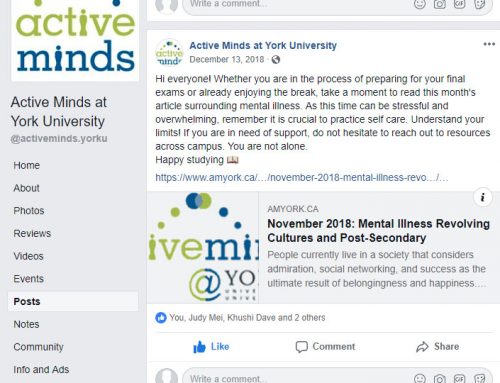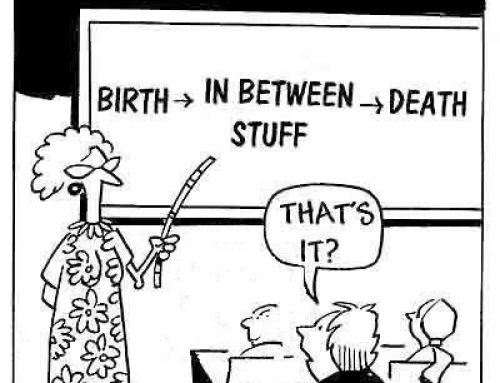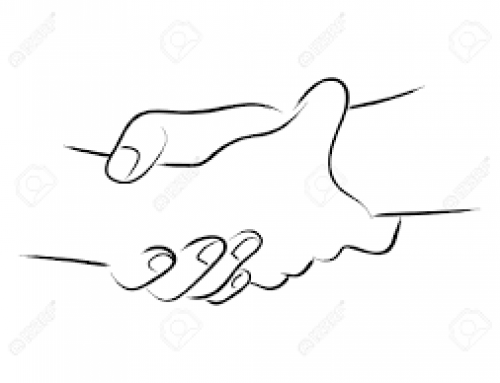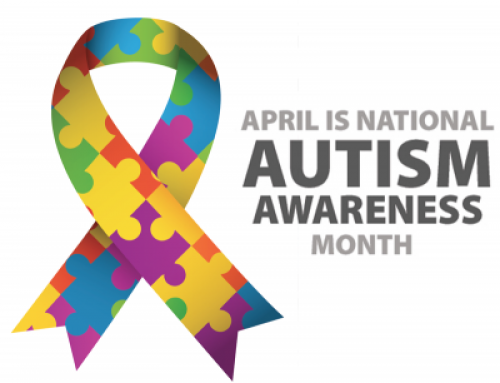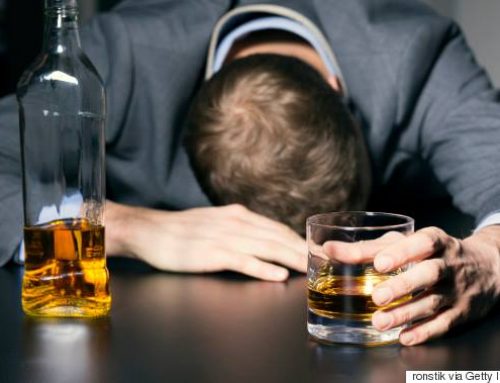February 21st to the 27th is National Eating Disorders Awareness Week. This is a mostly Western epidemic but has spread to Eastern cultures more recently. Why are eating disorders more prevalent in Western societies? The main factor has to do with advertising and media. The presence of photos and videos to sell products is heavily prevalent in Western culture, from huge billboards to TV advertisements. The human body has been a marketing tool for approximately 30 years. However, the implications of this has drastic consequences. This has been proven with the Harvard Fijian study. The Fijian culture praises and advocates for their community to have a heavier set body type. This proves to the community that one is healthy and wealthy enough to have a sustainable diet. Through years of seclusion from other cultures, this ideology has persisted throughout time. Most of the population is heavy set and there was an outstanding amount of people who had an eating disorder, zero. Then the lead researcher at Harvard decided to introduce television to this previously isolated culture. Within months of television being instilled, ideologies of Fijian culture were forgotten. Eating disorders among females especially rose to 12.7%. This emphasizes the role that media plays within our lives and our own internal viewpoints about ourselves.
Who is affected by eating disorders?
Males and females suffer from eating disorders. The rate for females to males is 3 to 1 in a Western university demographic. However, males do suffer from eating disorders also and their voice shouldn’t be silenced. Many clotting companies, sports advertisements and gym advertisements present an extremely muscular “alpha-male” body type that is not even achievable by most men. Even movies, portray the stud or the “popular guy” as someone who is muscular, tall and strong without an ounce of body fat. While skinner, leaner and thin framed men are shown as fragile, weak and useless. Heavier set men in the media are portrayed as having no self control and frequently are shown eating or wanting food. Comical jokes about their weight are used to develop the whole characters identity.
What types of eating disorders are there?
There are three main categories of eating disorders: anorexia nervosa, bulimia nervosa, binge eating disorder.
Anorexia nervosa is characterized by lack of eating. A person who suffers from anorexia nervosa makes themselves not eat for long periods of time. They may crave food desperately or may be disgusted by eating/food altogether. Both feelings are represented by this population. Despite their internal feelings however, they do not eat. People who suffer from anorexia are preoccupied with being thin, food (calories, food, portions, health, ingredients) etc and intense fear of weight gain. This is a life threatening illness which can result in death from many different reasons. For example, lack of electrolytes, lack of proper nutrients/caloric intake, extremely low BMI (body mass index) which can result in organs stopping proper functioning. When someone with anorexia does eat, they may take extremely small portions, spit the food back out to “just get a taste” and/or restrict heavily by not eating all food groups or only eating certain “safe” foods. Someone with anorexa experiences intense guilt/shame when they do eat. Some may have “body dysphoria” in which they view their own bodies with a distorted perception. They may see themselves as vastly bigger than they really are. Many anorexics when asked to draw what they think their body looks like on paper, greatly overestimate their body size.
Bulimia nervosa is also characterized by shame and feelings of guilt when they eat. However those who suffer from bulimia end up vomiting, using laxatives or excessively exercising when they do consume food. They may restrict their food groups/caloric intake but they still do eat (in comparison with anorexia). This does not mean in any sense that bulimia is less dangerous. It is still just as dangerous as excessive vomiting can have serious impacts on the oesophagus and heart. Bulimia is also fatal due to loss of electrolytes, low body weight and organ damage. Those who suffer from bulimia are also preoccupied with their weight, food and eating altogether. They desire an ideal thin body and have obsessive thoughts about how they should look, what they should eat and what they shouldn’t eat. Many bulimics have “safe” foods that they allow themselves to eat, and may not vomit. They also have a list of restrictions, or “unsafe foods” that they avoid. If they do eat a food that is restricted, they end up purging. Due to the heavy restrictions bulimics impose on themselves, many go through what is called a “binge-purge cycle”. A bulimic already has obsessive thoughts about food and weight. By not eating enough or all of the food groups, eventually the bulimics willpower diminishes. They feel as if they “given in” to their cravings and eat off their restricted foods list (usually junk food such as chocolate, chips, cookies, cake, Mcdonalds etc). Since they have deprived themselves for a long time of this food they are overwhelmed by the taste. They want more. Many bulimics feel as if they can’t stop eating and it becomes a sort of frenzy since they were previously in a malnourished/semi-starvation state. Once the “binge” is finished, the regret, guilt and shame begins to start. Then, due to these overwhelming feelings of regret (and loss of progress in the bulimic’s eyes) they will start to vomit everything they just ate. It should be noted that the regularity, frequency and how much vomited all depends on the individual and it varies greatly. After the purge, the bulimic continues their restrictive diet. It is called a cycle because usually the restrictive diet leads the individual to binge again (at some point in time, may be often may be extremely rare). Please note this is a general overview on bulimia and not every bulimic has the same schedule. You should not try to compare bulimia or set a certain standard, as it is very different for different people.
Lastly, we have binge eating disorder which is also characterized by obsessive thoughts about weight, food and eating altogether. This group of people eats excessively, usually due to stress, sadness or other emotional turmoil. Some even eat when they aren’t hungry, they are just in the mood to eat. The food helps them “numb out” feelings and/or distract themselves. Food serves as mood lifter, “pick-me-up” similar to drugs for a drug addict. They feel as if they need to eat, even to the point of pain/discomfort. Intense guilt and shame follows after one eats. Feelings of loss of control as experienced with a bulimic binge is also found with binge eating disorder. Such as eating extremely rapidly. They are preoccupied with their weight. What characterizes them is that they do not purge after like bulimics due. Due to the shame and guilt many binge eaters eat alone or avoid being social in order to keep their eating patterns. Binge eaters can be ritualistic like bulimics such as having certain foods they go to during a binge, being secretive with their meals and hiding food for a later time. They may touch or smell food a certain way before consuming. Binge eating can also be fatal. Due to high cholesterol, obesity, diabetes and heart disease which is associated with binge eating disorder.
Altogether, eating disorders are serious and should not be taken lightly. The mainstream society has taught us to hate our bodies, strive for perfectionism and want change. There is a human impact of presenting this image of perfection in order sell more perfume or jeans. My thoughts go out to all of those affected by an eating disorder. Please reach out today.
By: Waverly Pegelo


















